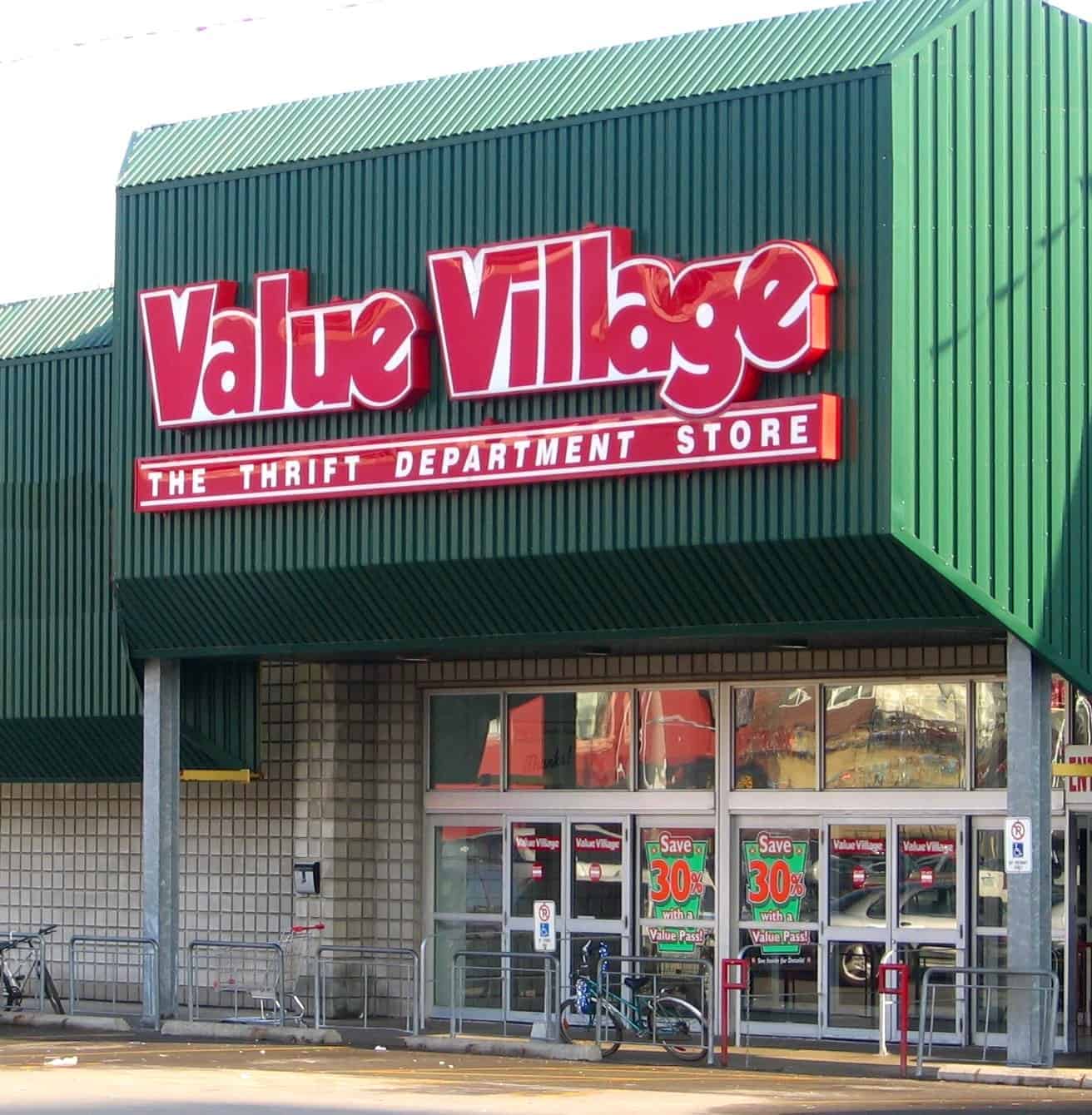
In the 1980s it was a gravel pit. Now, more than 20 years later, the 200-odd acres of land at the end of Snyder’s Flats Road in Bloomingdale form part of a diverse natural landscape that serves as a publicly-accessible natural space.
The Grand River Conservation Authority (GRCA), which owns the Snyder’s Flats Rotary Forest, last week officially launched the opening of the park at the entrance to the forest.
Representatives of the Kitchener-Conestoga Rotary Club were on hand to present the Grand River Conservation Foundation with a cheque for $182,000, part of the proceeds of the club’s 2008 Dream Home lottery. The money will be used to plant 56,000 native trees and shrubs to restore forests and grasslands, build the Rotary Walk trail and install interpretive signage. Additional support for the Rotary Forest was provided by the Good Foundation Inc., in memory of Milton R. Good, and the Trees Ontario Foundation.
The 240-acre property is owned by the GRCA and is nestled in a bend in the Grand River, which flanks the property on the north, west and southern sides.
Gravel was extracted from the land between 1979 and 1987. The agreement between the aggregate company – which owned property adjacent to the lot and which exploited the GRCA land – and the Conservation Authority contained rigorous guidelines and regulations for a rehabilitation process that began even while aggregate was being removed.
A lengthy process, the rehabilitation extended over two phases, the first of which began simultaneous to the extraction: as gravel was drawn, topsoil ripped from new cells was placed on top of graded areas in which extraction was already completed. Such a cycle allowed for rehabilitation to begin even as work continued.
The second phase, which occurred when the final grades had been achieved, saw a “fair bit of tree planting at that time, especially around the north pond” explained Martin Neumann, supervisor of terrestrial resources for the GRCA.
“Most of the restoration or rehabilitation was the shaping of the terrestrial and aquatic components of the landscape. A fair bit of tree planting around the north pond,” he said. The plot of land now holds two ponds and a floodplain pool.
Some bio-engineering work was conducted around the outlet to the floodplain pool and then the Rotary Forest Initiative kicked off this spring, forming part of a more intensive habitat restoration initiative.
The work is far from done, however.
Not surprisingly, some of the plant life that took root at the former pit did so uninvited. Now, the GRCA is looking to deal with those invasive species.
“Some of the things coming in naturally are not native plants and in fact some of them, if left to their own devices, might take the place over, so, we want to make sure that we’re favouring the native species in our restoration and our plant management.”
Some of the plants which are cause for concern include the European buckthorn, Manitoba maple, and garlic mustard. These plants were likely planted by people, eventually propagating with time.
“These three species are three of the biggest problems in terms of invasive exotic species that we have regionally, and the Manitoba maple and garlic mustard are especially prevalent in floodplain area,” said Neumann.
As the plants and trees flourish so too will the wild animals that make the locale their home. While the area is perhaps too small to attract rare endangered species, it already is home to several native species including osprey, deer, foxes, coyotes, woodchucks, beaver, muskrats, snapping and painted turtles and several fish.
The oxbow floodplain pool is connected to the river and during flood conditions water flows over the property – at least two of the three ponds are connected to the river in flood conditions – the source of the area’s aquatic species, said Neumann, noting that none of the current inhabitants (animals) was introduced by GRCA.
“We’re hoping that by upgrading the habitat to get a more complete complement of species representative of the area, probably without introducing any ourselves, we’re just hoping that we’re able to draw them in with better habitat,” he said.
“The river corridor is a pretty good corridor for animal migrations and movement, so, we expect to get good self-introduction of species there.”
The hope is that the forest will become an important and diverse natural landscape and a vibrant, publicly-accessible natural space. Already, the forest is being used by local hikers and animal watchers: the Grand Valley Hiking Trail (which runs from Lake Erie all way to the Grand River and shoots over to Orangeville) goes through the property.








